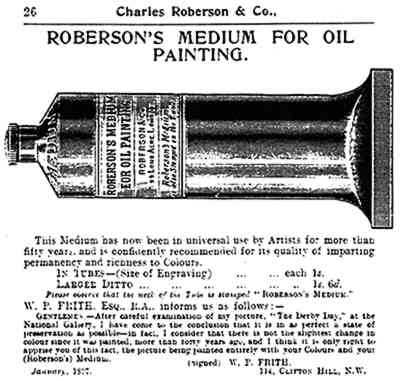WITH PAINT FROM CLAUS & FRITZ: A STUDY OF AN AMSTERDAM PAINTING MATERIALS FIRM (1841–1931)MICHEL LAAR, & AVIVA BURNSTOCK
3 THE CUSTOMERSThe growing demand for ready-made artists' materials in the 19th century was partly due to the rise in the number of amateur painters, who found it difficult to make paints for themselves as professional artists had done in earlier centuries. At the same time many professional artists began to paint out of doors, often in locations far from home, so that there was a need for well-packaged materials ready for immediate use. New technology also made it possible for artists' materials to be made by machinery. The question of who met these needs in the Netherlands has scarcely been answered as yet (Pey 1987). By studying artists' bills, notes, and inventories, however, it is possible to gain an idea of what materials were used and how and who provided them. The notebooks of G. H. Breitner (1857–1923) (Rijksbureau voor Kunsthistorische Documentatie) show him buying paints from Claus & Fritz in 1900 and 1901, but more insight is provided by seven bills sent by the firm to Willem Witsen (1860–1923) between 1908 and 1920 (Stichting Willem Witsenhuis) (fig. 8). These bills list all manner of paints, watercolors, brushes, charcoal, chalk, paper, stretchers, panels, and “our own (red) canvases”—presumably a specialty of which little is known. It seems unlikely that canvases would have been prepared in the Herengracht premises, so the firm must have had another location for that. Witsen's purchases of varnish consisted of six bottles of painting varnish, three of retouching varnish, and three double ones of mastic varnish. He also Two interesting references in Witsen's bills are those of 1918 and 1920 to Roberson's Medium (fig. 9), a binding medium probably obtained by Claus & Fritz from the trade printers, bookbinders, and arts supply shop A. J. Nuss of Reguliersbreestraat in Amsterdam (established in 1861), which imported it directly from Roberson's in London between 1915 and 1922 (Roberson Archive;, Carlyle 1991). Witsen may have discovered this megilp when working in London from 1889 to 1891.
|
